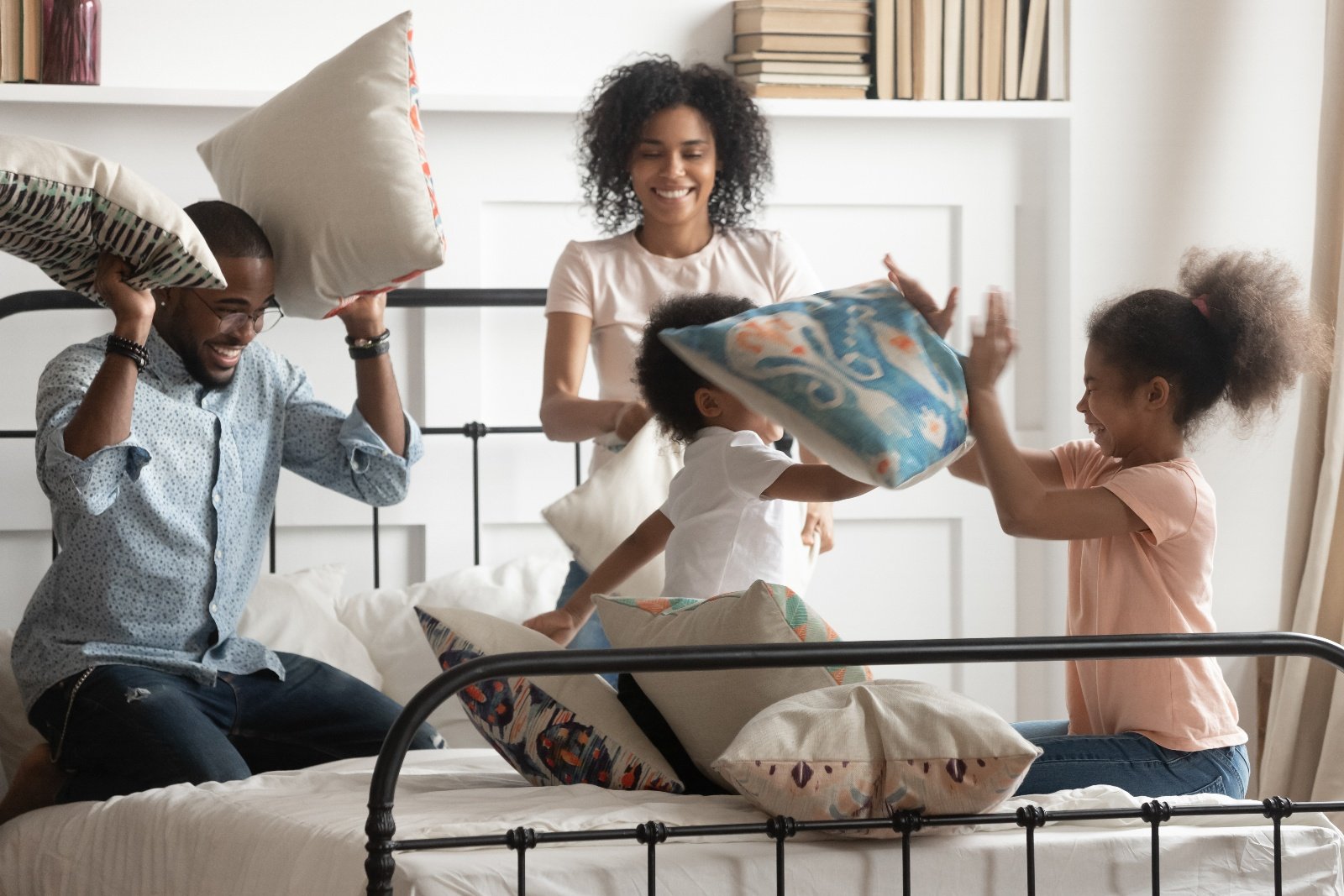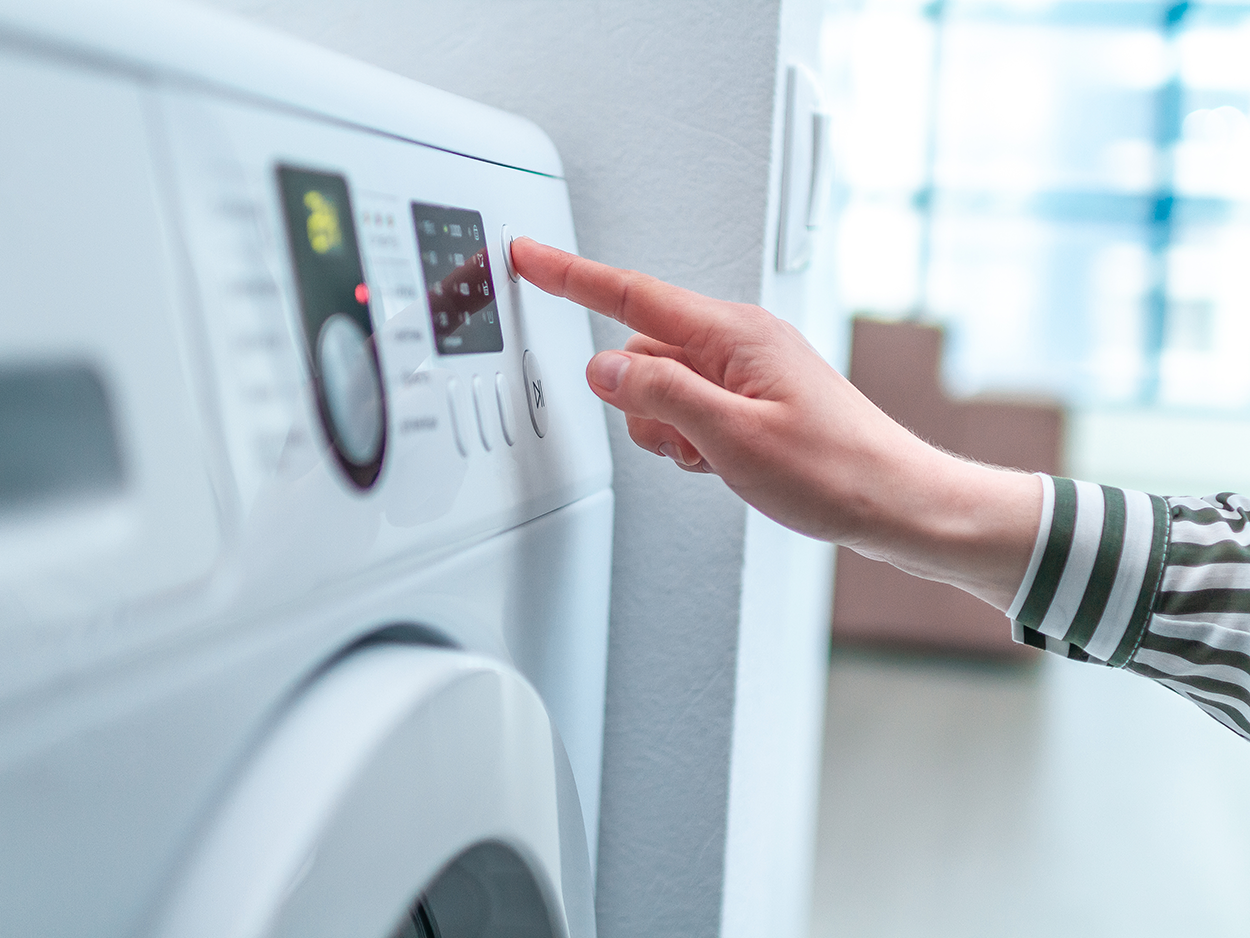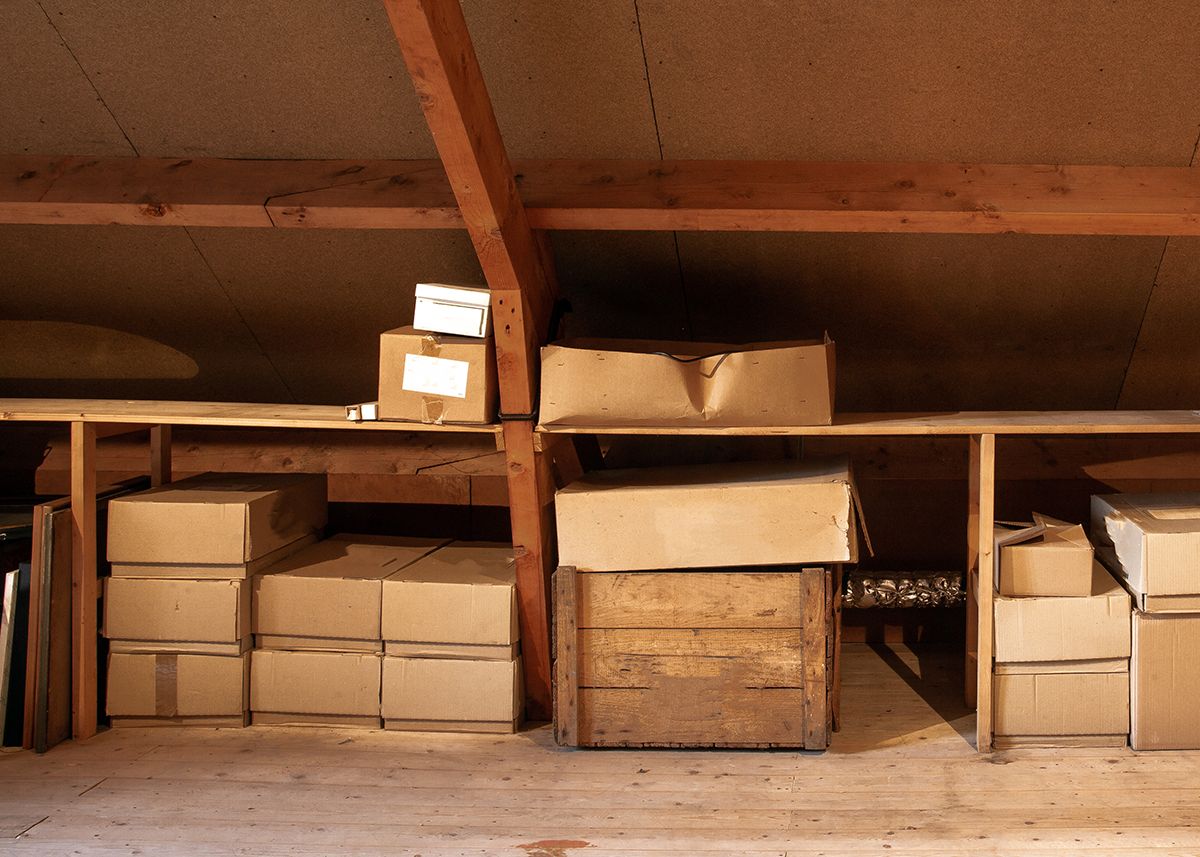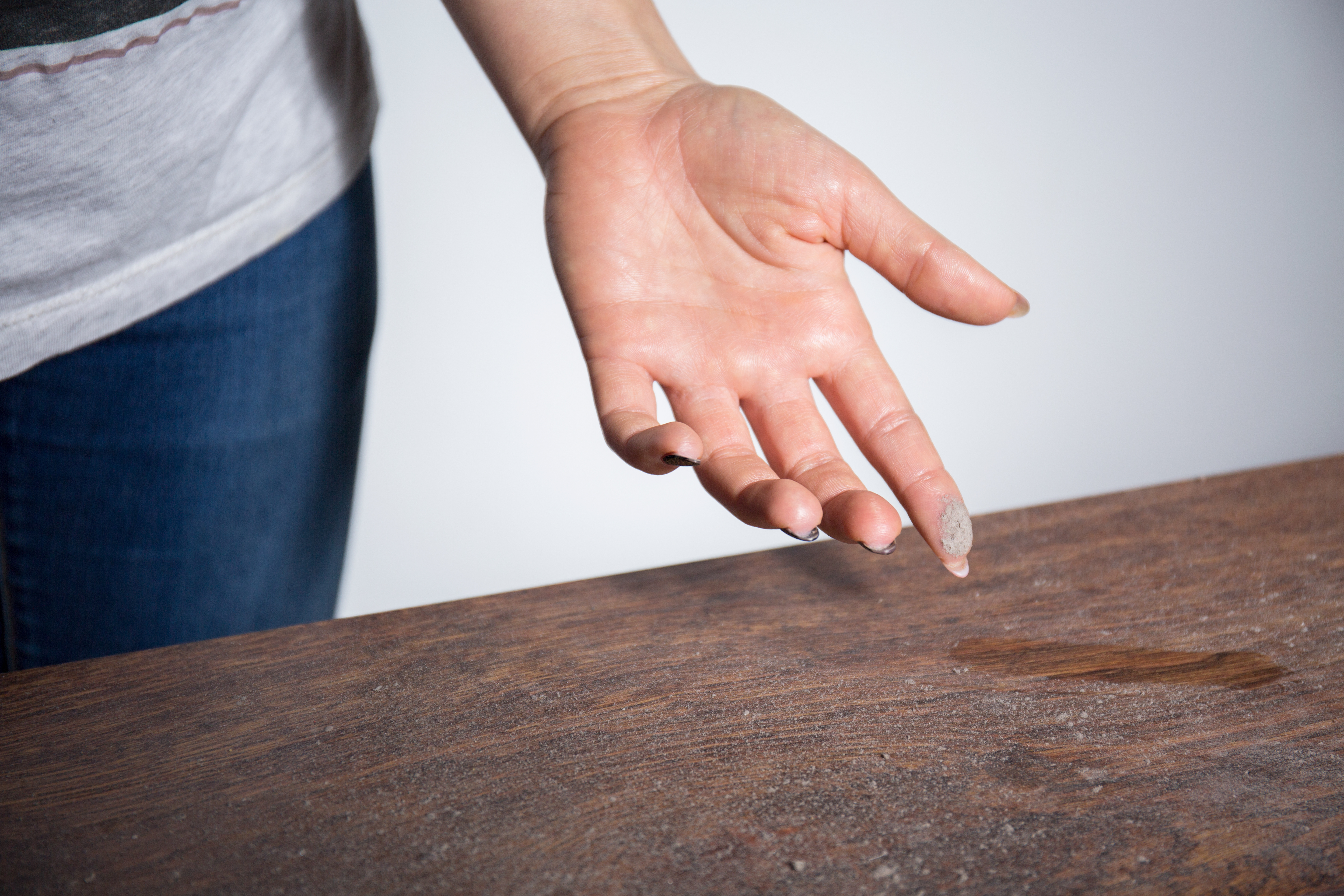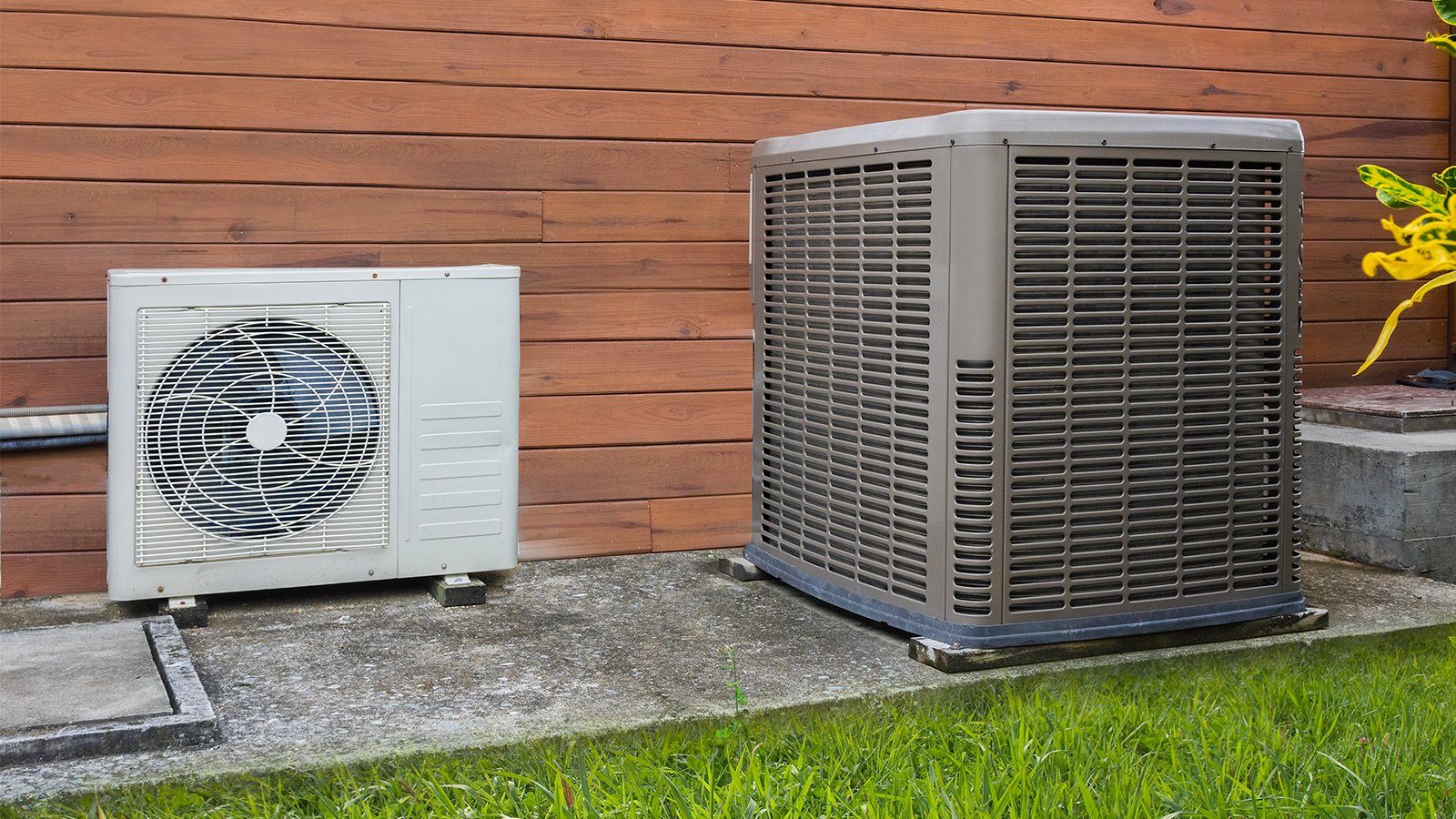There has been increasing concern about air quality levels both outdoors and indoors in the past year. According to the EPA, Americans spend approximately 90 percent of their time indoors, where the concentrations of some pollutants are often 2 to 5 times higher than typical outdoor concentrations. That's where air purifiers come in. They can help remove pathogens, odors, and respiratory droplets that spread viruses from the air.
There are two types of air purifiers you should consider: UV air purifiers and ionic air purifiers.
How Do These Two Systems Work?
Essentially, the ionic purifier works a bit like a filter by grabbing and containing some small particles. But UV light purifiers take it a step further by aiming to eradicate them.
Ionic Air Purifiers
Ionic air purifiers work by creating negative ions using electricity and then releasing them into the air. These negative ions attract particles in the room, such as dust, bacteria, pollen, smoke, and other allergens. This creates a charged particle that is eventually cycled back to the ionizer where it is filtered.
UV Air Purifiers
are usually installed in your HVAC ducts to "clean" air that moves through. They use short-wave ultraviolet light (UV-C light) to fully eradicate airborne pathogens and microorganisms like mold, bacteria, and viruses. UV lights are used for germicidal use in hospitals, restaurants, and grocery stores, and can be used to improve indoor air quality for residential HVAC systems.
What Is the Best Solution for Your Home?
Out of the two systems we just discussed, the UV light purifier is by far the superior solution. UV Light is a newer and cleaner technology. It works to eliminate harmful air particles, rather than just contain them. It also causes fewer problems with ozone. While both systems generate ozone - a potentially harmful substance - UV light systems produce far less of it and even help to remove ozone from your home.
Indoor air quality testing is essential to your health and the health of other occupants of your space. Contact A. Borrelli today to see how you can install UV lights in your home. 



